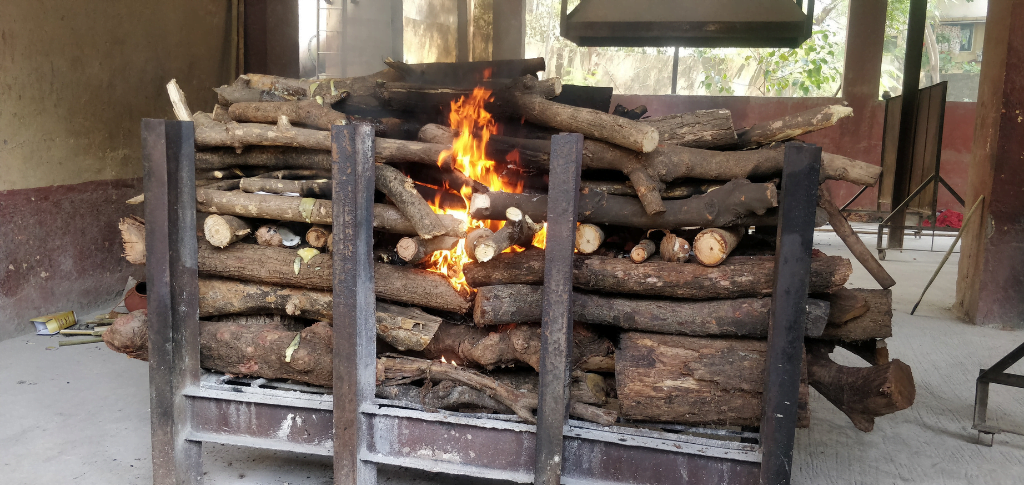Death is an unavoidable reality of life, and its inevitable occurrence necessitates the disposal of bodies, a process that varies widely across cultures and religions. With approximately 7.6 billion people in the world, and a death rate of 8 per 1,000, nearly 55.3 million people pass away each year. This translates to about 151,600 deaths each day, emphasizing that corpse disposal is a constant global concern.
While nature erases identities with death, societal rituals often emphasize economic distinctions through death-related practices. From ancient civilizations like Harappa and Mohenjo-daro, where possessions were buried with the deceased to assist their journey, to modern-day practices that reflect social status, the financial implications of these rituals are significant.
The Diverse Practices and Their Financial Implications
Hindu Cremation Practices
In Hinduism, which is followed by around 79.8% of India’s population, cremation is a traditional practice. The process involves either wood cremations or modern methods like electric and gas cremations. The choice of method can influence the overall expenditure, but beyond the choice of cremation method, various rituals add to the cost. From the purchase of wood (ranging from economical to luxurious types) to the costs of saamagri (a mixture of dried herbs and materials used in the pyre), and the need for ghee (clarified butter), these rituals can be quite costly. Families also incur expenses for the services of priests and additional rituals, which can add up over time.
Islamic Burial Practices
For Muslims, who make up about 14.2% of India’s population, burial is the customary practice. The process includes preparing the body with a shroud, securing a burial site, and arranging for the grave. While the costs of these services can vary, they are generally influenced by the choice of graveyard—whether private or public—and the additional ceremonial practices such as the fortieth-day feast. The financial impact can be considerable, particularly if families opt for more elaborate arrangements.
Christian Burial Practices
Christianity, with about 2.3% of the Indian population, follows burial practices that involve a coffin and a grave site. Costs here can range from modest to substantial depending on the choice of coffin, grave type (kuccha or pucca), and additional services like carpentry and flowers. The overall expenses also include costs for prayer meetings and feasts that are often held in memory of the deceased.
The Environmental Toll of Death Rituals
The traditional methods of corpse disposal, including burial and cremation, have significant environmental consequences:
Burial: Traditional burial practices involve hardwood or metal caskets and toxic embalming chemicals. These materials do not decompose easily, leading to soil and groundwater contamination. Cemeteries also occupy land that cannot be repurposed for other uses, contributing to land wastage.
Cremation: Cremation, while considered a more efficient method of body disposal, results in substantial air pollution. The burning of wood releases harmful gases, including carbon dioxide and mercury vapors. The environmental impact is compounded by the deforestation required to supply the wood for traditional pyres.
Emerging Solutions
In response to the environmental concerns, there are innovative practices being explored. For instance, CNG and electric crematoriums offer a more eco-friendly alternative, though their availability is limited.
Other potential solutions include biodegradable coffins and alternative disposal methods such as alkaline hydrolysis or freeze-drying. These methods, while environmentally friendly, come with their own set of costs and challenges.
Conclusion
The rituals surrounding death, while culturally significant, often come with considerable financial and environmental costs. These practices, deeply rooted in tradition, can place a substantial burden on families, particularly in times of loss. As awareness of environmental issues grows, there is a pressing need to balance cultural practices with sustainable methods of corpse disposal.
The journey towards more eco-friendly and economically feasible death practices involves collaboration between communities, religious leaders, and policymakers. By embracing innovative solutions and adapting traditional practices, we can work towards a future that respects both our cultural heritage and the environment.



